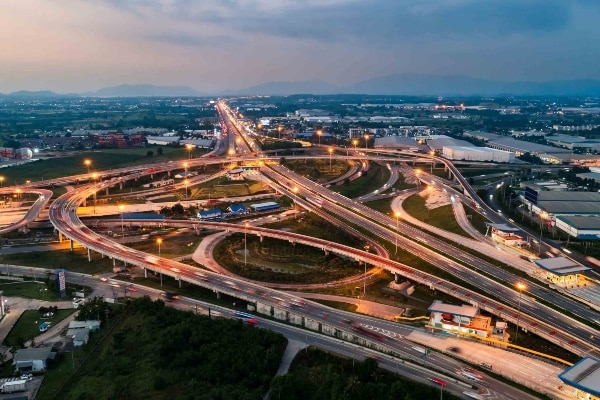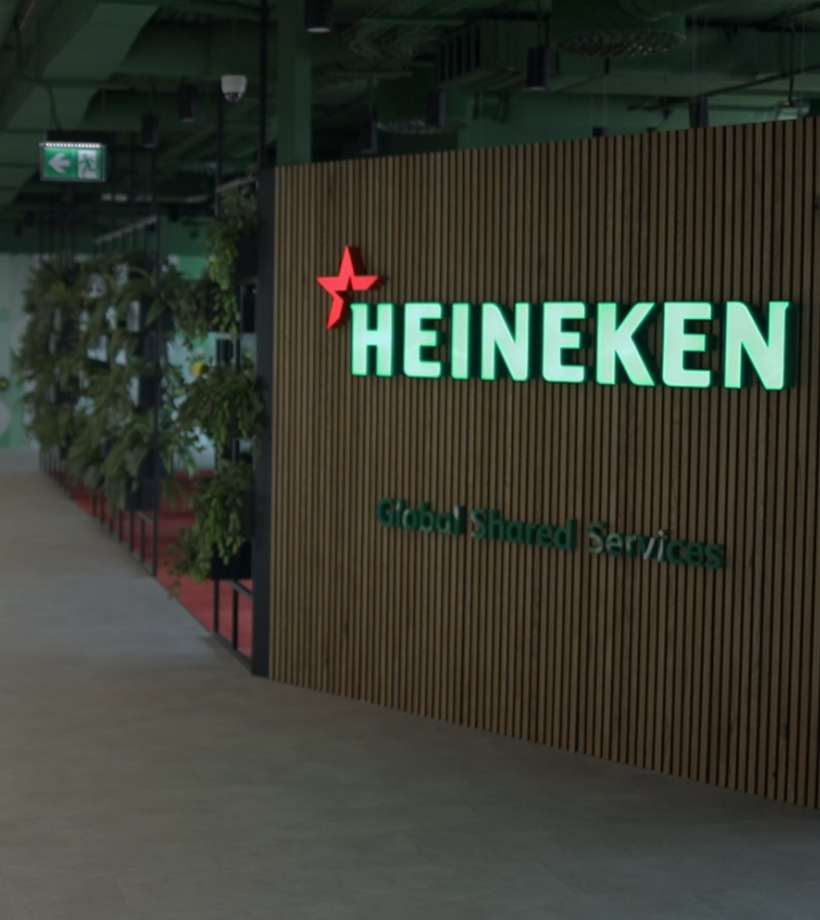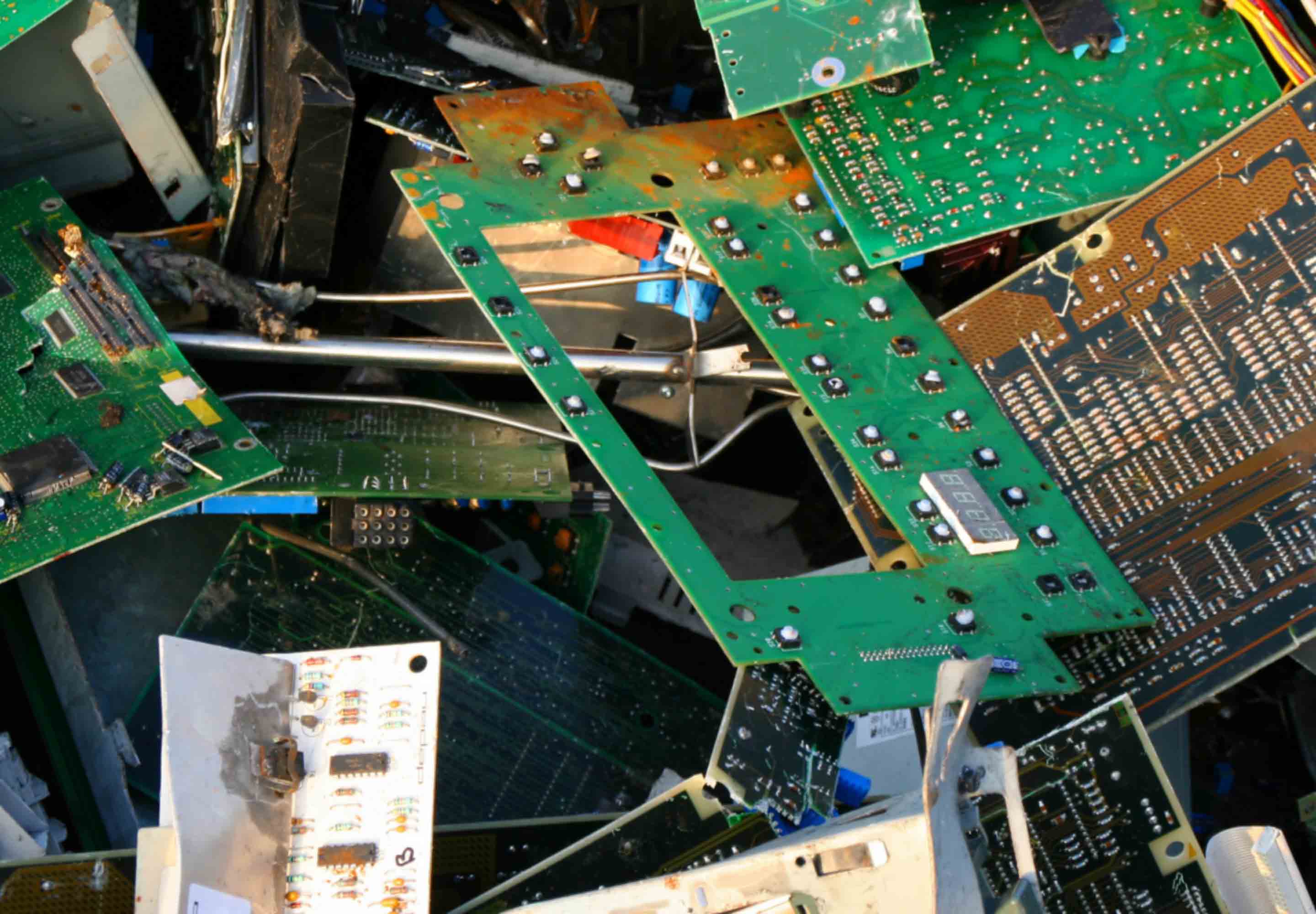-
Featured services
2026 Global AI Report: A Playbook for AI Leaders
Why AI strategy is your business strategy: The acceleration toward an AI-native state. Explore executive insights from AI leaders.
Access the playbook -
Services
Alle Services und Produkte anzeigenNutzen Sie unsere Fähigkeiten, um die Transformation Ihres Unternehmens zu beschleunigen.
-
Services
Network-Services
Beliebte Produkte
-
Services
Cloud
Beliebte Produkte
-
Services
Consulting
-
Edge as a Service
-
Services
Data und Artificial Intelligence
- KI und intelligente Lösungen
- Daten-/KI-Strategie und -Programm
- Data Engineering und Plattformen
- Daten-Governance und -management
- Datenvisualisierung und Entscheidungsfindung
- $name
- GenAI Platforms
- GenAI Industry Services
- GenAI Infrastructure Services
- GenAI Value Transformation
- Data und Artificial Intelligence
-
-
Services
Global Data Centers
-
Beliebte Produkte
-
Services
Application Services
-
Services
Sustainability Services
-
Services
Digital Workplace
-
Services
Business Process Services
-
Services
Generative AI
-
Services
Cybersecurity
-
Services
Enterprise Application Platforms
![]()
IDC MarketScape: Anbieterbewertung für Rechenzentrumsservices weltweit 2023
Wir glauben, dass Marktführer zu sein eine weitere Bestätigung unseres umfassenden Angebotes im Bereich Rechenzentren ist.
Holen Sie sich den IDC MarketScape -
-
Erkenntnisse
Einblicke und RessourcenErfahren Sie, wie die Technologie Unternehmen, die Industrie und die Gesellschaft prägt.
-
Erkenntnisse
Ausgewählte Einblicke
-
Die Zukunft des Networking
-
Using the cloud to cut costs needs the right approach
When organizations focus on transformation, a move to the cloud can deliver cost savings – but they often need expert advice to help them along their journey
-
So funktioniert Zero-Trust-Sicherheit für Ihr Unternehmen
Sorgen Sie dafür, dass Zero-Trust-Sicherheit für Ihr Unternehmen in hybriden Arbeitsumgebungen funktioniert.
-
-
Erkenntnisse
![]()
Copilot für Microsoft 365
Jeder kann mit einem leistungsstarken KI-Tool für die tägliche Arbeit intelligenter arbeiten.
Copilot noch heute entdecken -
-
Lösungen
Alle LösungenWir helfen Ihnen dabei, den Anforderungen an kontinuierliche Innovation und Transformation gerecht zu werden
Global Employee Experience Trends Report
Excel in EX mit Forschung basierend auf Interviews mit über 1.400 Entscheidungsträger:innen auf der ganzen Welt.
Besorgen Sie sich den EX-Report -
Erfahren Sie, wie wir Ihre Geschäftstransformation beschleunigen können
-
Über uns
Neueste Kundenberichte
-
Liantis
Im Laufe der Zeit hatte Liantis, ein etabliertes HR-Unternehmen in Belgien, Dateninseln und isolierte Lösungen als Teil seines Legacysystems aufgebaut.
-
Randstad
We ensured that Randstad’s migration to Genesys Cloud CX had no impact on availability, ensuring an exceptional user experience for clients and talent.
-
-
![Heineken Landing Page]()
NTT DATA und HEINEKEN
HEINEKEN revolutioniert die Mitarbeitererfahrung und die Zusammenarbeit mit einem hybriden Arbeitsplatzmodell.
Lesen Sie die Geschichte von HEINEKEN -
- Karriere
Topics in this article
Where do your sensors, servers and switches go when they’re no longer useful? And why is this such an important question?
Outdated equipment poses security risks – and affects your sustainability targets. Excessive energy use, inefficient disposal methods and the need to extract raw materials to manufacture new equipment all add up to a significant impact on the environment.
This is why a holistic approach to your technology lifecycle management is essential.
Wasteful practices are not sustainable
Generally, the technology industry has followed an “acquire, deploy, break and fix” approach, with not much regard for what happens to the technology thereafter. This has led to an overload of technology assets and no clear strategy for their lifecycle management, including sustainability considerations.
And, these wasteful practices are preventing organizations from meeting their environmental, social and governance goals.
Why comprehensive management of technology assets is key
Comprehensive management encompasses every phase of an asset’s lifecycle, from manufacturing to disposal. By strategically managing each phase, your organization can minimize the environmental impact of technology equipment, reduce costs and improve security.
A critical aspect of this lifecycle strategy is the shift toward software-defined infrastructure (SDI), which provides centralized control over multivendor hardware and software. By reducing hardware costs and improving resource allocation, SDI also minimizes waste and environmental impact.
Another aspect is a sustainable technology refresh: a strategic approach to updating and replacing your technology infrastructure and equipment in a way that prioritizes environmental sustainability and resource efficiency. This includes working with service providers that can manage and dispose of these assets correctly.
3 steps to better practices
A holistic approach has three main components:
- Invest in energy-efficient technology: This is not only environmentally responsible but also cost-effective in the long run.
- Extend the lifespan of your technology assets: When you invest in technology that will last longer through upgrades and maintenance, you produce less ewaste and minimize your environmental impact.
- Dispose of equipment responsibly: Use technology partners who are certified to manage the process correctly. Reducing the amount of waste that goes into landfills helps to lower your organization’s carbon footprint.
Including sustainability in the narrative of your technology lifecycle demonstrates your commitment to environmental stewardship and contributes to a positive brand image.
Find a partner with green credentials
To implement sustainable practices efficiently throughout the technology asset lifecycle, organizations often work with managed service providers (MSPs) like NTT.
If this is an approach you’re considering, be sure to practice green procurement: the purchase of goods and services with minimal adverse environmental impact. Verify the sustainability credentials of both the MSP and their partners.
We’ve set ambitious sustainability targets for NTT, including having net-zero emissions across our operations by 2030 and across our entire value chain by 2040.
In addition, we’re committed to incorporating circular design into the way we work by 2026 to reduce waste and carbon emissions. Circular design promotes sustainability by creating systems where products and materials are reused, remanufactured or recycled to extend their lifespan and reduce resource consumption.
We’re even looking at innovative ways of measuring and reporting on sustainability gains within our SDI services platform.
A sustainable partnership
We are therefore well positioned to support our clients in making their own technology lifecycle more sustainable, from inception to disposal. For example, we may recommend a manufacturer whose products are more expensive in the short term but which will last longer through upgrades and maintenance.
In this way, we help you reduce costs, enhance security and, most importantly, become a responsible steward of the environment.
Read more about NTT’s Technology Solutions to see how we can help you realize your sustainability goals.




